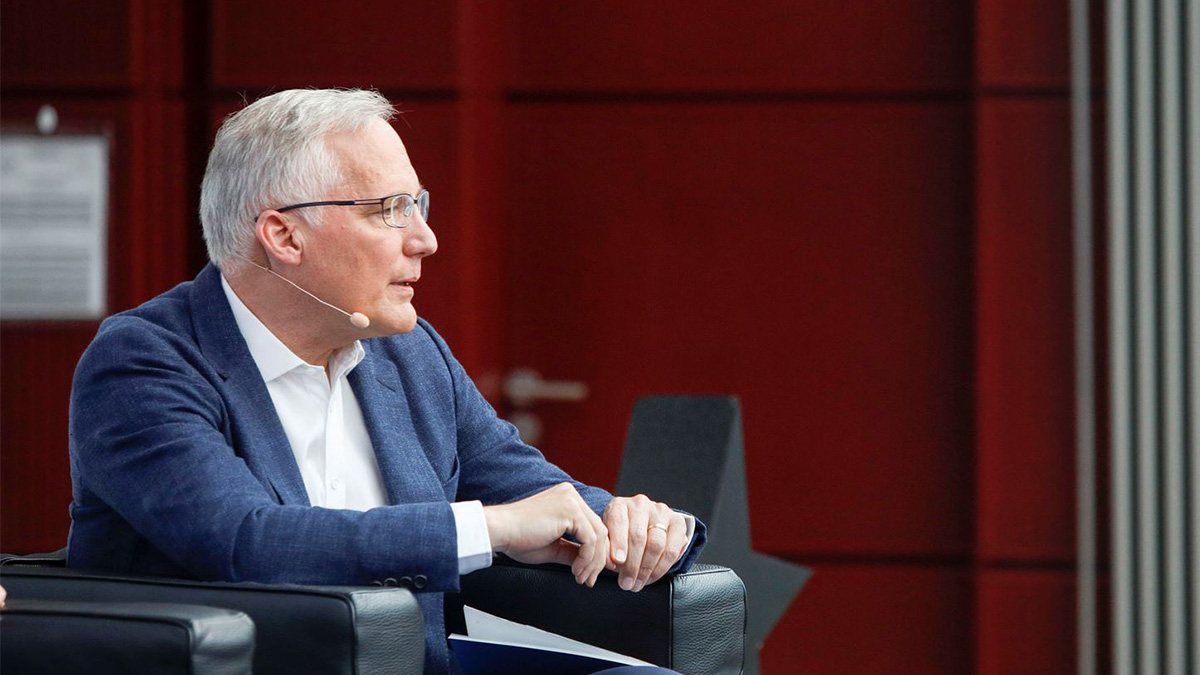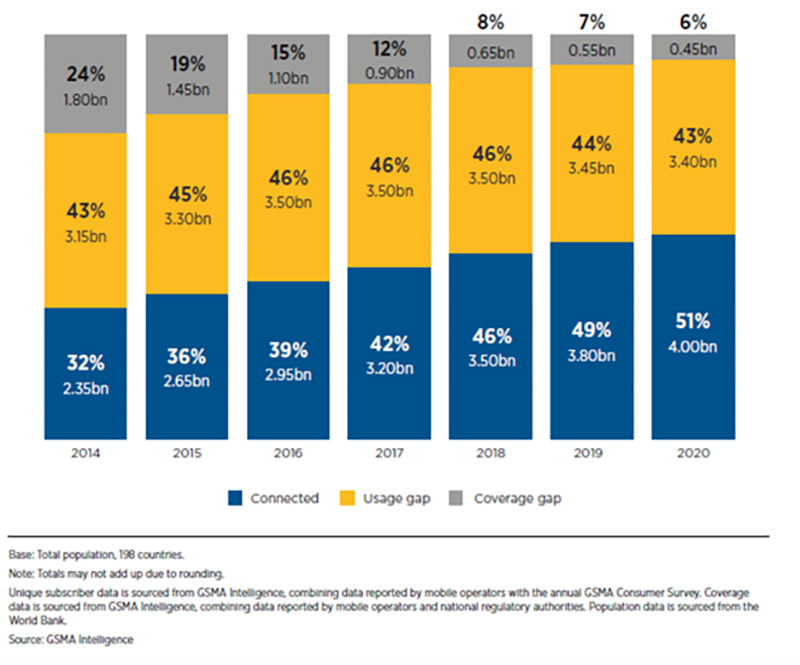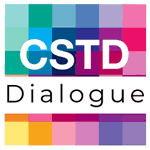Written by John Frank, Vice President, UN Affairs, Microsoft
John Frank, Vice President, UN Affairs, Microsoft
World Summit on the Information Society (WSIS) and Microsoft share a vision for universal, human-centered, inclusive, and development-oriented Information Society. Our shared vision is especially significant for the journey toward the 2030 Agenda for Sustainable Development and rebuilding with greater equity after the coronavirus pandemic. At Microsoft, we find inspiration in thinking about these challenges as a historic calling to elevate our societies and empower people to reach new frontiers – by working with our partners to solve problems.
At this 25th annual session of the Commission on Science and Technology for Development, Microsoft joins the UNCTAD-hosted session with special recognition for the UN’s leadership promoting multi-stakeholder engagements to address global challenges. Bridging the digital divide with human-centered connectivity can be achieved only through shared visions and coordinated multi-stakeholder action.
On this point, the Report of the Secretary General drew attention to the role of all stakeholders in the “promotion of information and communications technologies for development,” and highlighted “the value of multilateral, multi-stakeholder and multidisciplinary engagement,” which is also noted in the Roadmap for Digital Cooperation.
Last April, the President of the General Assembly held a high-level thematic debate on digital cooperation and connectivity under the theme “Whole-of-society responses to end the digital divide.” While some thoughts I shared then remain the same, ending the digital divide has become even more pressing, especially as key players convene at the 25th CSTD:
First, our experience around the world helps us offer a definition of human-centered connectivity as:
- access, by ensuring the availability of affordable connectivity and devices;
- adoption/readiness, by building digital literacy and skills; and
- applications, by enabling individuals to receive the benefits of basic human services, like education, health care and economic development.
Second, connectivity goals should be measured in the number of people meaningfully online. According to GSMA data (see graph), the coverage gap around the world continues to narrow—but the usage gap remains wide. Microsoft’s Airband Initiative aims to advance digital equity by partnering to improve affordability, awareness, digital skilling, and literacy. Drawing on the power of dynamic spectrum sharing and other innovative technology approaches, Microsoft is contributing to building the last mile of the broadband value chain—where the Internet truly reaches people in a meaningful way.
Third, the latest findings from the ITU estimate that 37 percent of the world’s population – or 2.9 billion people – have never used the Internet, of which 96% live in developing countries. This matters for businesses in the affected countries. It hinders their potential to make the most of global markets and become vehicles of trade and development for their economies. Connectivity also matters for making trade work for MSMEs. It positions them to gain from digital training and skills development, access to payment systems and trade logistics, digital legal frameworks, and access to digital finance. Connectivity promises to transform many MSMEs in developing countries into engines for growth.
Finally, there is a financing element. The report acknowledges the necessity of financing mechanisms, citing the Financing for Sustainable Development Report 2021 of the Inter-agency Task Force on Financing for Development. In the Task Force’s assessment, middle-income countries attract most blended finance deals; for projects to grow in LDCs, we must switch from a search for bankability to a search for impact. I am encouraged by the Task Force report’s chapter on Science, Technology, Innovation, and Capacity Building, where “last mile” connectivity and “the cost of internet access” are identified as policy priorities for both government and public-private cooperation to create inclusive digital economies. Our commitment is to work with our community and stakeholders on that journey.
Science, technology and innovation can be catalysts for achieving the sustainable development goals.
In the context of the UN Commission on Science and Technology for Development, the CSTD Dialogue brings together leaders and experts to address this question and contribute to rigorous thinking on the opportunities and challenges of STI in several crucial areas including gender equality, food security and poverty reduction.
The conversation continues at the annual session of the Commission on Science and Technology for Development and as an online exchange by thought leaders.



